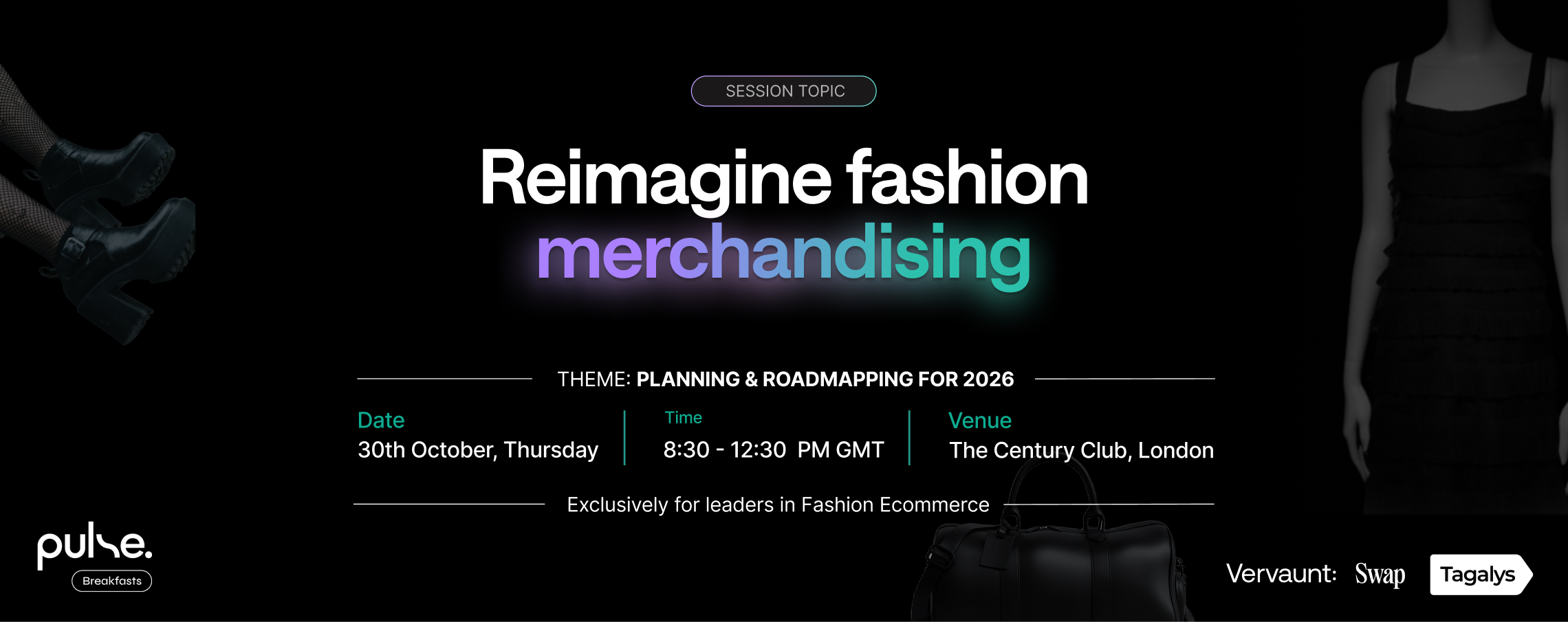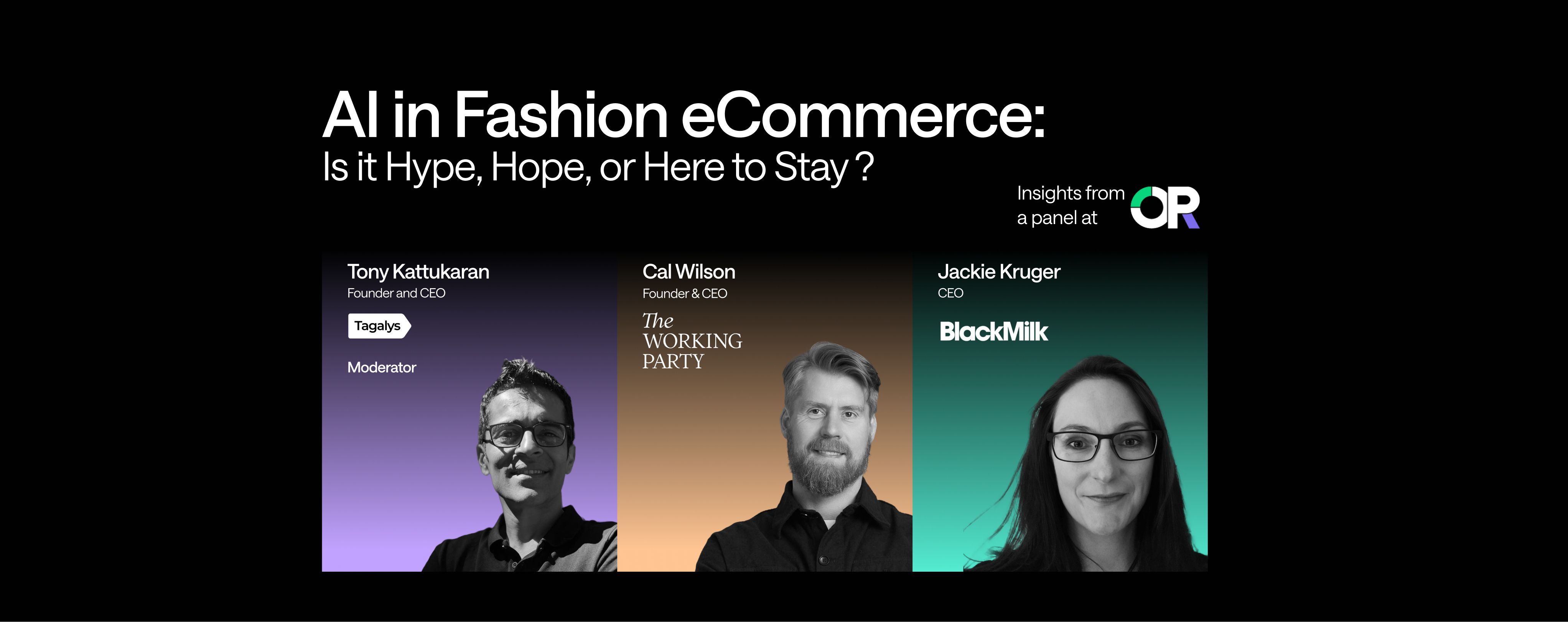Visual Merchandising is the science of driving sales by enticing visitors, engaging them and making them your customers. This has been conventionally in practice in physical retail where select products are placed in the select locations. This is done in such a way to visually appeal the visitors of the region intrigue their interest and make them customers. Adding decorations, banners, display signs, and layout of space, etc are included in this. The ultimate purpose of visual merchandising is to get visitors to view the products and make the purchase. Visual Merchandising is turning more important in eCommerce than ever, especially with the rise of mobile-first commerce.
Why do you need Visual merchandising in Magento, Shopify, and BigCommerce eCommerce?
Running a successful online store is very challenging and tough these days. It is like having a brick-and-mortar store, but with your hands almost tied. Mobile devices contribute to over 70% of the total online store visitors. They are quick and do not have time to scroll page after page. Your competition is not just limited to other eCommerce stores but also to Facebook, Instagram, Netflix, and many other mobile applications. They all want a piece of the audience time to increase their engagement metrics. So how to keep your visitors interested in your online store and not leave at the ping of a notification?
Visual Merchandising has helped all leading online retailers, to ensure the right products are displayed across their home, category & search results pages to trigger visitor interest as soon as possible. In order to improve your eCommerce conversion rate, you first need to have more visitors view products of interest to them. If that number increases, even if you have the same visitor traffic, you are likely to make more revenue, by virtue of more visitors converting to the customer.
Common activities between online & offline Merchandising
Decorations & Display
Offline:
You might have noticed standees, pamphlets, etc., displayed at prominent spots. This is to communicate to visitors and attract walk-ins at the store.
Online:
Page banners and popups are used to communicate the same information to visitors when they visit the online store.
Product Positioning
Offline:
A merchandiser uses data to source the right products to the right stores. He also ensures it appeals to the audience of that location.
Online:
Your visitors can be from multiple locations and there are three ways you would get product positioning right
Location Wide Trending: Analyze data across the entire store by top locations. Assign a trending score for each product at the store by location. Now, when visitors arrive from various locations, the trending sort order of products of that location is applied. This is likely to increase visitor engagement to your store at that location.
StoreWide Trending: This is the common Trending algorithm of all the 3 types. Analyze data across the entire online store to assign a trending score for each product at the store. This ensures no matter which part of the store you visit, this trending sort order of products is applied. This is likely to increase engagement with visitors at your store.
Visitor Specific (Personalization): Analyze data across the entire store particular to each visitor and assign a trending score for each product type for that visitor at the store. This ensures when that specific visitor arrives at the store and views that product type, products for that type (e.g., tees) are applied for the visitor.
Layout
Offline:
Physical location has to be designed to ensure the seamless movement of traffic within the store, while also ensuring communication and enticing visitor interest to view products.
Online:
Your store can be accessed via desktop or mobile phone. Various visitors across locations, demographics & interest levels access your store. Hence using 3rd party tools to analyze the heatmaps, movement and click-throughs need to be constantly used to ensure any in-store communication and sparking visitor interest to view products.
There may be other common activities, but these are the top 3 challenges or requirements of a merchandiser - online & offline.
Visual Merchandising objectives
The ultimate goal of visual merchandising is to get visitors to come into the store and convert them to customers. This journey starts with the visitor viewing products of interest, and that is the number 1 goal for merchandiser. In the eCommerce world, this would translate to reducing the bounce rate, increasing the number of product views per visitor & the percentage of products viewed for the impressions by the visitor.
What are your goals as a visual merchandiser?
Tagalys maximizes conversion rate & gives merchants visual control of products displayed in Site Search & Category pages at their online store. To know more about our solutions and features, get in touch with us now.














.svg)
.svg)
.svg)
.svg)
.svg)
.svg)



.png)

.png)
